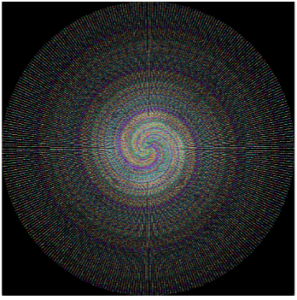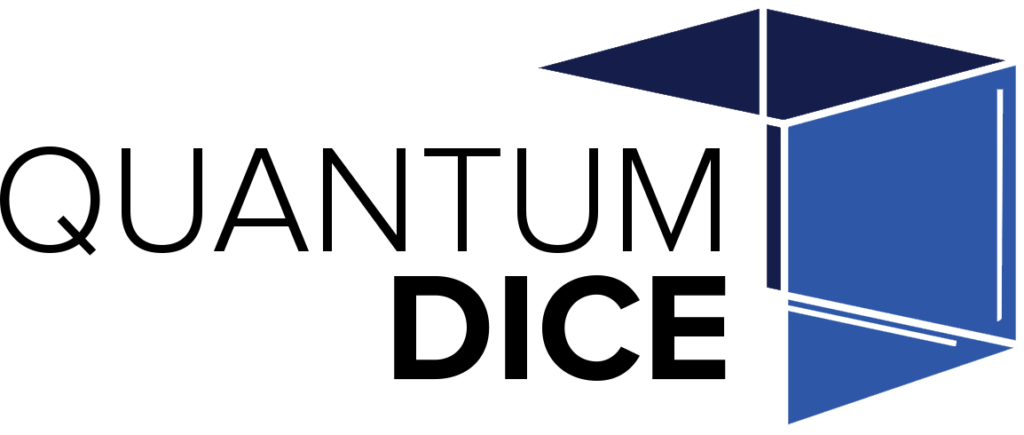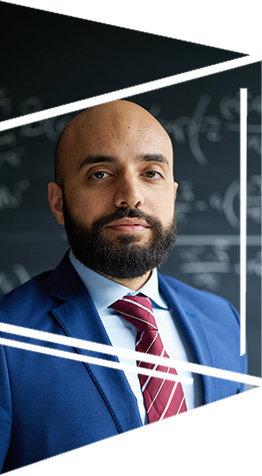My time at QD started with an introduction to the friendly commercial team and to the other members of the work experience programme. After introducing ourselves, we were launched into a captivating pitch by Business Development Associate, Jerome Agyemang – easing us into the world of quantum random number generation (QRNG). It became immediately apparent that QD was at the forefront of this cutting-edge technology since, unlike their competitors, their product is integrated, fast and benefits from self-certification. QD is led by a team of world-class experts in quantum optics, having a patented protocol specifically licensed to them by the University of Oxford – it is no wonder that they have already gained international traction in the UK, USA, and Singapore.
My main takeaway was that QRNGs are the only source of true, reliable randomness. It is fundamentally impossible to predict an output. On the other hand, any classical RNG algorithm can be exploited with enough computing power as patterns will arise. This means that whilst we may not have sufficient computing power now, data can be stored for future decryption. This means that for any company where encryption is necessary, QRNGs are necessary. No surprise that the industry is expected to grow from $110m in 2026 to $2.5b in 2032.
The day then continued with a presentation from co-founder George Dunlop on commercialisation, where he broke down exactly where QD fits in with other companies, which followed onto a specific case study of Intel – the largest chip manufacturer in the USA. We learnt how all the different sectors of intel could be potential clients or partners of QD and how the company had been accepted onto the Intel Ignite accelerator programme, which, since only about 1% of companies make the cut, was a remarkable achievement.
We were then generously taken out to lunch by CEO Ramy Shelbaya and had the opportunity to talk with the whole senior team about our ambitions – receiving some genuinely useful advice. We then had a talk from intern Angus Gibby who showed us some models of single slit diffraction patterns. John Goward, Head of Photonics, outlined the operation and materials used in the QRNG – a topic which got very complicated very quickly but was expertly broken down and linked to topics that we already understood. This led on to a tour where we met the mechanical engineer who demonstrated the power of CAD by quickly building a model of something on the desk. We also saw the model of VERTEX-1100 which is a truly masterful example of design and engineering – from the incredibly special purpose materials used for the compact and efficient build.
I was then excited to meet Software Engineer Clifford Olawaiye, who I would be shadowing during the following days. He suggested that I make a programme to showcase a use of random number generation and so I decided to use python to fill a canvas with pixels in a spiral fashion with each spiral being assigned a random average colour and each pixel within the spiral having a slight random variation to the next, resulting in a “colour bleeding” effect. Clifford kindly connected it to a QRNG, so some “Quantum Art” was generated!

I really enjoyed learning about how potential patterns in the data could be found by generating a few gigabytes of random numbers and then doing various NIST statistical tests on them. The data of course passed all the tests with flying colours.
I spent the following afternoon creating a randomised depth first search maze generation algorithm. This was by far the most ambitious project I have ever embarked upon, but with Clifford’s wisdom and help it was very enjoyable and I felt that I learnt more in an afternoon than a year in computer science lessons.
I am incredibly grateful to everyone who facilitated this wonderful programme and, in particular, I am completely indebted to Wenmiao Yu, Zhanet Zaharieva, and Clifford for giving up their time to make sure that this was an experience that I will truly never forget.




